Orchid Care 101: Your Guide to Growing Orchids
Updated: Nov. 02, 2023
This beautiful and mysterious species is known for its symmetric and upward-facing flowers, and specific care requirements. Find out how to keep your orchids happy, healthy and full of blooms.
Our editors and experts handpick every product we feature. We may earn a commission from your purchases.
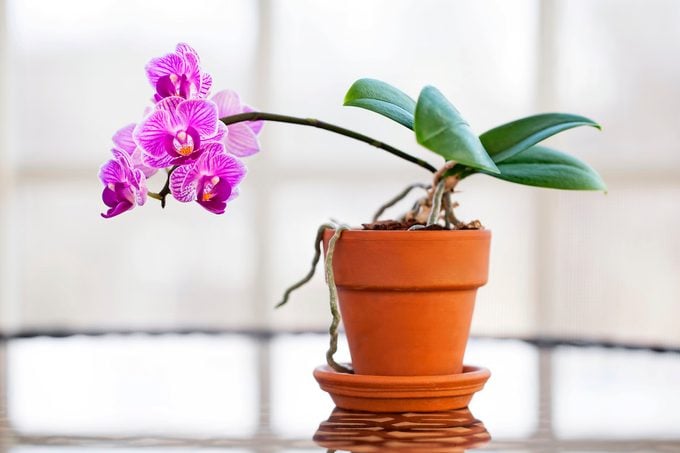
Story courtesy of the National Garden Bureau
Orchidaceae, the orchid family, is a diverse group of flowering plants. The fluttering intricate blooms of orchids are one of the most entrancing sights in the flower kingdom. Found on every continent except Antarctica, orchids are also one of the largest groups of flowering plants. With more than 28,000 species, there are more types of orchids on the planet than mammal and bird species.
Orchids are popular—and giftable—houseplants, but they are known to be a bit finicky. Choose an easy variety to get started, then delve into the wide array of types available once you’ve mastered the basic art of orchid care 101. Follow this expert advice for beautiful indoor orchid blooms.
Use Rooting Medium
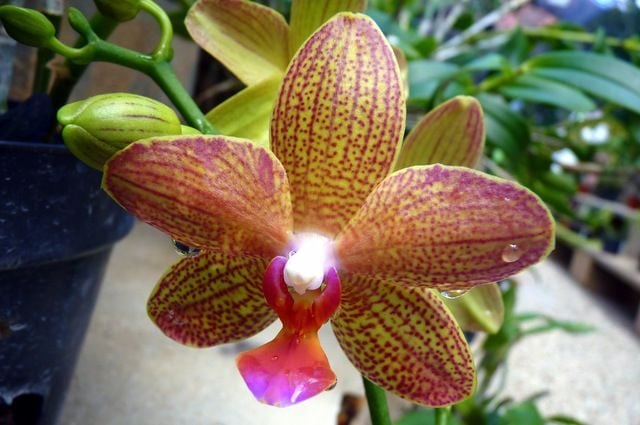
In nature, many orchid types are epiphytes, which means they attach to tree branches and take in nutrients from plant and animal litter and tropical rains. Most orchids grown inside are planted in a rooting medium— such as peat moss, perlite, stones or coconut fiber—that lends itself to the unique epiphytic roots.
Pay Attention to Orchid Roots
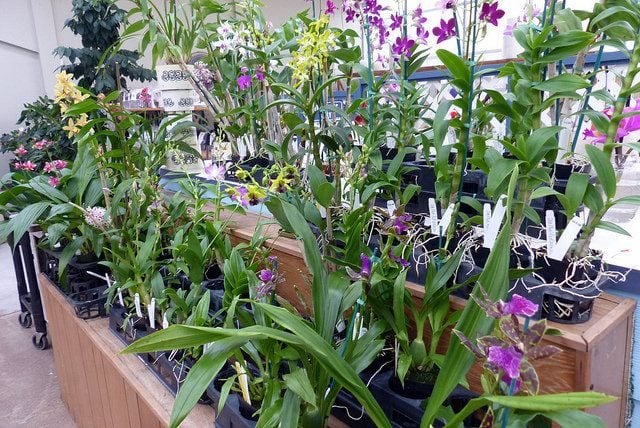
An orchid’s visible roots can indicate how much moisture it needs. If the plant needs more moisture, the roots will look silvery. Severely dehydrated roots look wrinkled and tan.
On the flip side, dark and mushy roots are overwatered and beginning to rot. The goal is plump roots that are green after watering, returning to a silvery green color as they dry off.
When repotting orchids, use clear containers with drainage to allow you to periodically check root health.
Watering Orchids
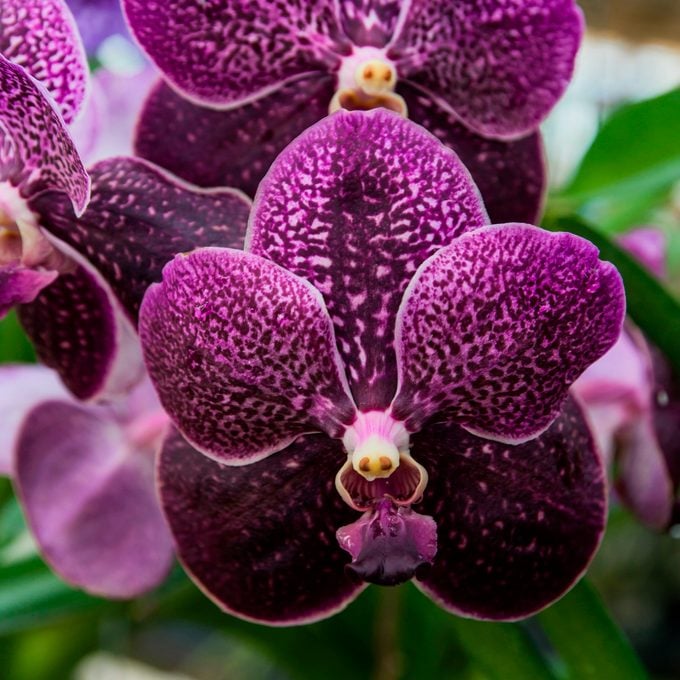
The best way to water an orchid is by drenching the root ball in room temperature water (do not use salt-softened or distilled water). Do this every week or two. Allow the plant to drain well, then place the pot on a tray or saucer filled with water and gravel or pebbles to provide humidity. Never allow orchid roots to sit in water.
The method of watering once a week by letting three ice cubes melt into the soil has been researched and proven to be a viable option, especially for new plant parents who are uncertain about how to properly water their orchids.
Provide the Right Light
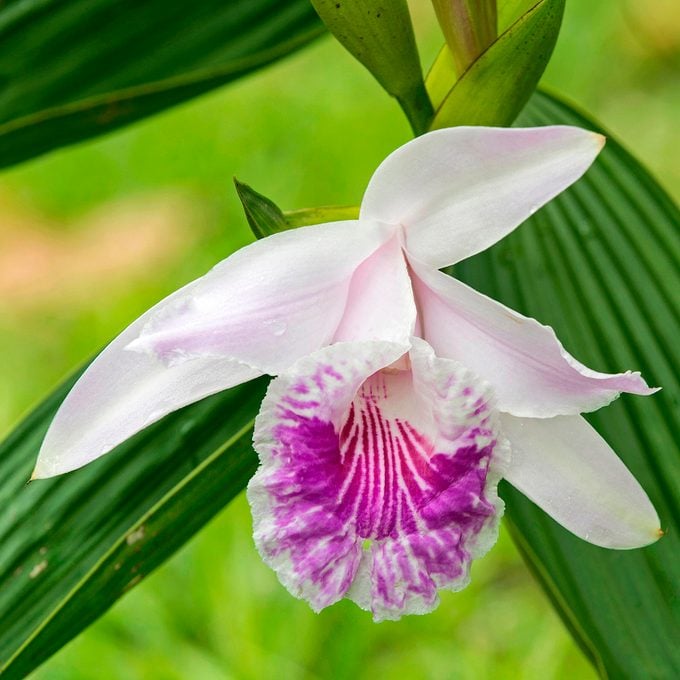
In their natural habitat, orchids receive filtered light under the protection of the forest canopy. However, orchids grown indoors need to receive quite a lot of indirect sunlight to thrive and produce blooms. The best growth activity occurs when the orchid receives 10 to 16 hours of indirect light daily.
A good test to see if the location in question is adequately lit for your plant is to hold your hand up and check the shadow. If the shadow is blurred, you’re good to go. If it is more distinct, the light level is too high.
Boost Humidity
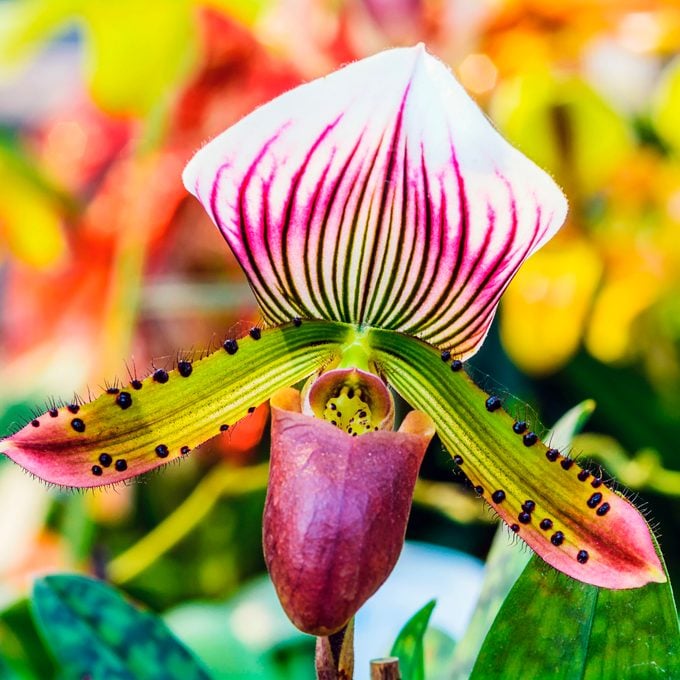
Orchids do not like “wet feet,” but they do appreciate a bit of humidity. Try placing your plant on a humidity tray to help increase the immediate atmospheric humidity around the plant.
Practice Patience With Orchid Care
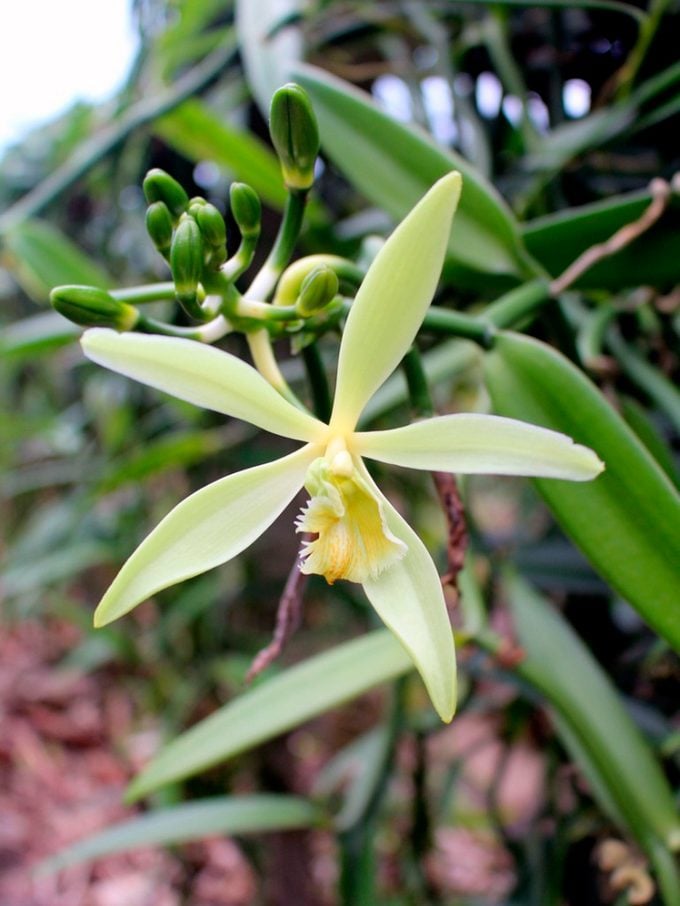
Many orchids have a reproductive (flowering) cycle and a vegetative (nonflowering) cycle. Plants will spend a period focusing on flower production and a period focusing on leaf and root production. During the vegetative cycle, orchids are actively recovering and preparing to reflower, so it is key that you provide the water, light and nutrients they need to recover.
Orchids can remain nonflowering or vegetative for six to nine months before producing a new bloom, so remember that you might not see results right away. An orchid might even stay vegetative (nonflowering) for years if it does not receive the right environmental signals to flower. Try moving the plant to a north- or east-facing windowsill in the winter months to trigger a new flower spike.
Keep It Tidy
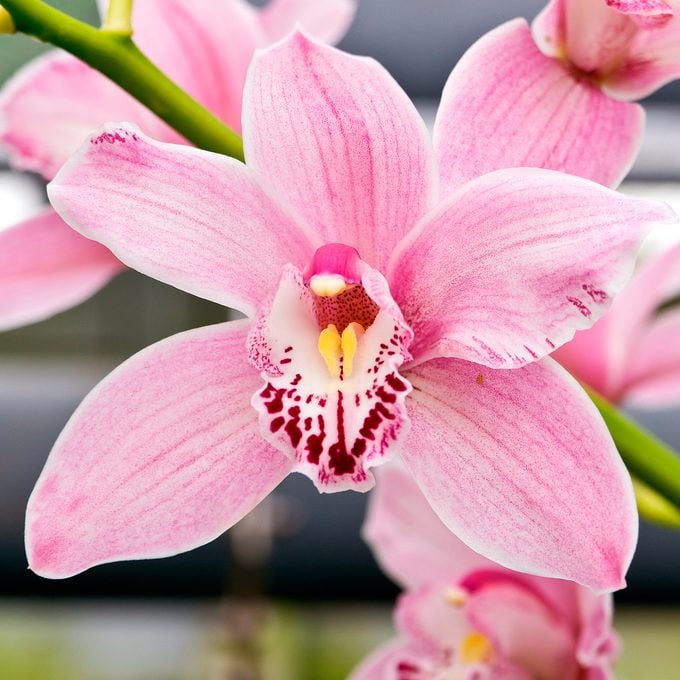
After an orchid drops its last flower, trim the flower spike in one of two ways, depending on your situation. If the spike is still green, it means the plant potentially has the energy to push out a new flowering spike from the current spike. It speeds up the process of reblooming to simply cut the spike back 1 inch above the highest node, or bump, on the spike.
For unhealthy, brown spikes, cut all the way back to the base of the plant.
Find the Right Orchid for You
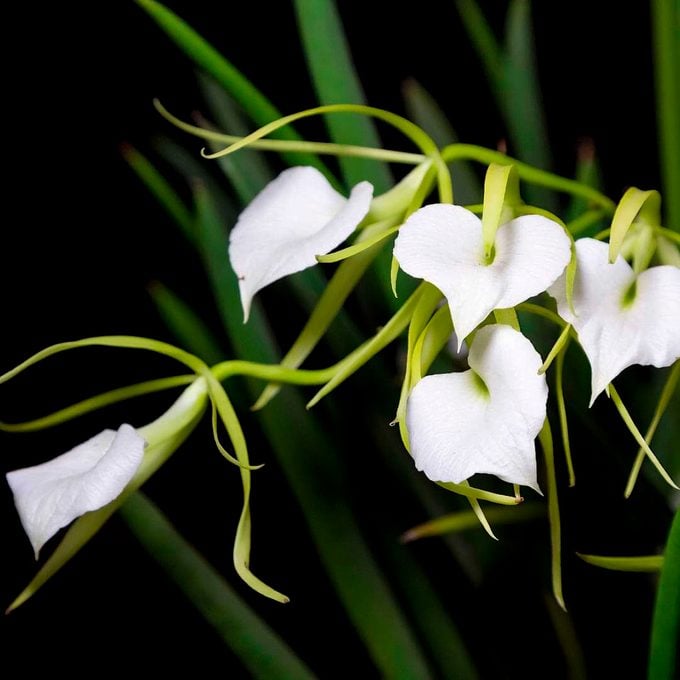
Beginners should start with an easy-care plant in bloom or just about to bloom. You should be able to find a good quality phalaenopsis or cattleya for under $25 at your local grocery store or nursery. These species have a reputation for being easy to grow under regular household conditions.
Those ready for more challenging orchids can seek out specialty nurseries, plant shows, florists, or shop online. Some may require specialty equipment like heat lamps or a greenhouse.
- Phalaenopsis, also known as the moth orchid, is popular for its easy care and large, long-lasting blooms, making it a great addition to the beginner houseplant hobbyist’s collection. Learn more about growing phalaenopsis.
- Cattleya is often called the queen of orchids. With proper care, cattleyas can bloom indoors year after year. They’ve been used for decades in prom corsages and wedding bouquets.
- Oncidium is commonly referred to as the dancing lady orchid because of its highly modified ruffled blooms. Many find them difficult to grow outside the tropics without a greenhouse.
- Dendrobium is a large group of orchids that boast many pastel-toned blooms.
- Vanda orchids have flat flowers and bloom several times a year under greenhouse-like growing conditions. They are most well known for their cascading root systems that can be difficult to contain in a pot.
- Cymbidium flower spikes can last from one to three months with a natural blooming season during the winter. Cymbidium orchids are commonly referred to as boat orchids because of the shape of their lip.
- Sobralia orchids, often found in hobbyist collections, are characterized by short-lived colorful flowers.
- Vanilla planifolia is among the primary sources of vanilla flavoring. Vanilla blooms are small and appear only once a year.
- Paphiopedilum is easily grown as a houseplant and is more commonly known as the slipper orchid or lady’s slipper because of the slipper shape of the bloom’s lower pouch.
- Brassavola orchids have narrow white petals that release a fragrant perfume in the evenings.
Basic Orchid Care and Growing Tips
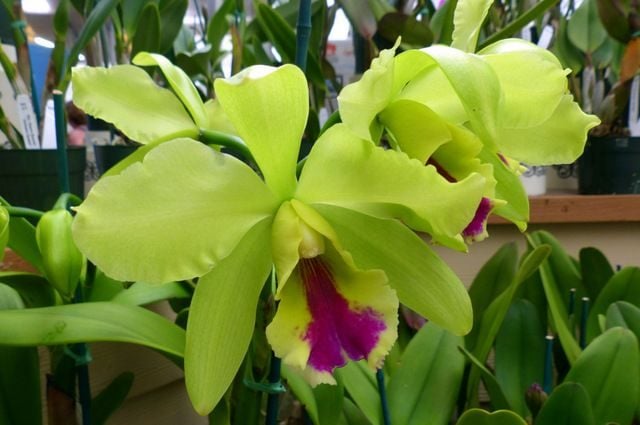
- If your orchid is already potted and healthy, don’t make any changes to the pot or potting medium when you bring it home. A happy orchid doesn’t need a new pot. If it’s still thriving in a few years, then you can look into re-potting.
- Many (though not all) orchids are epiphytes, or air plants. The easiest way to kill them is with over-watering, or by letting the roots sit in water. Water by setting the plant in the sink or tub and flushing water through the potting mix, allowing it to drain freely from the bottom. Try not to let water sit on the leaves or in the crown of the plant, where the leaves meet the stem.
- Most orchids prefer filtered bright light. Direct sunlight is too strong. Place them near a sunny window shaded by a sheer curtain.
- Watch for drafts and abrupt temperature changes. Most orchids won’t tolerate freezing temperatures, and suffer when temps drop below about 50 degrees F.
- If you must move your orchid from the pot or container in which it came, buy specially-made orchid potting mixes, usually made of bark and sphagnum moss.
Need even more orchid care information? Visit the American Orchid Society website at aos.org.
National Garden Bureau’s Top Picks
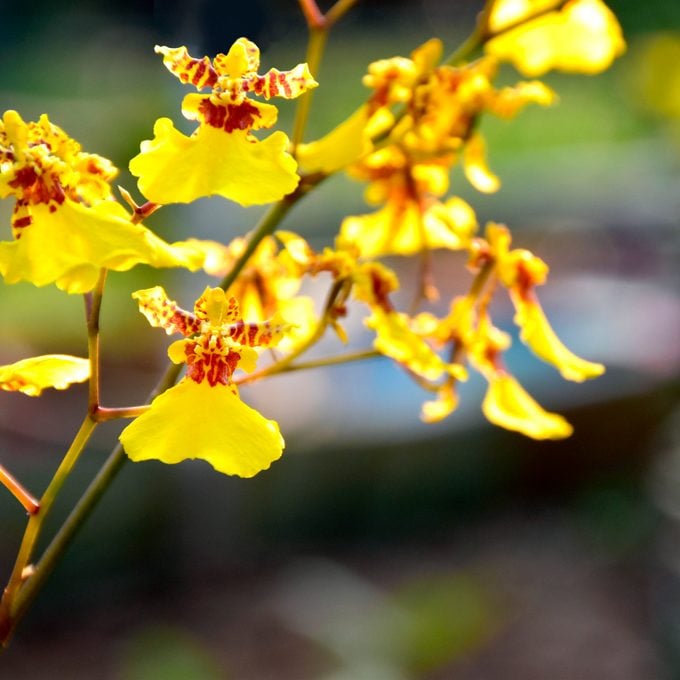
Each year, the National Garden Bureau selects one annual, one perennial, one bulb crop, one edible, one houseplant and one shrub as its “Year of the” crops. The plants chosen are popular, easy to grow, widely adaptable and genetically diverse.
In 2023, orchids were the celebrated houseplant. And 2024 is the Year of the African violet. Learn more about the National Garden Bureau at ngb.org.





















